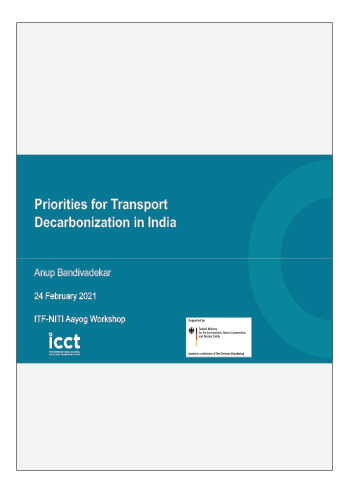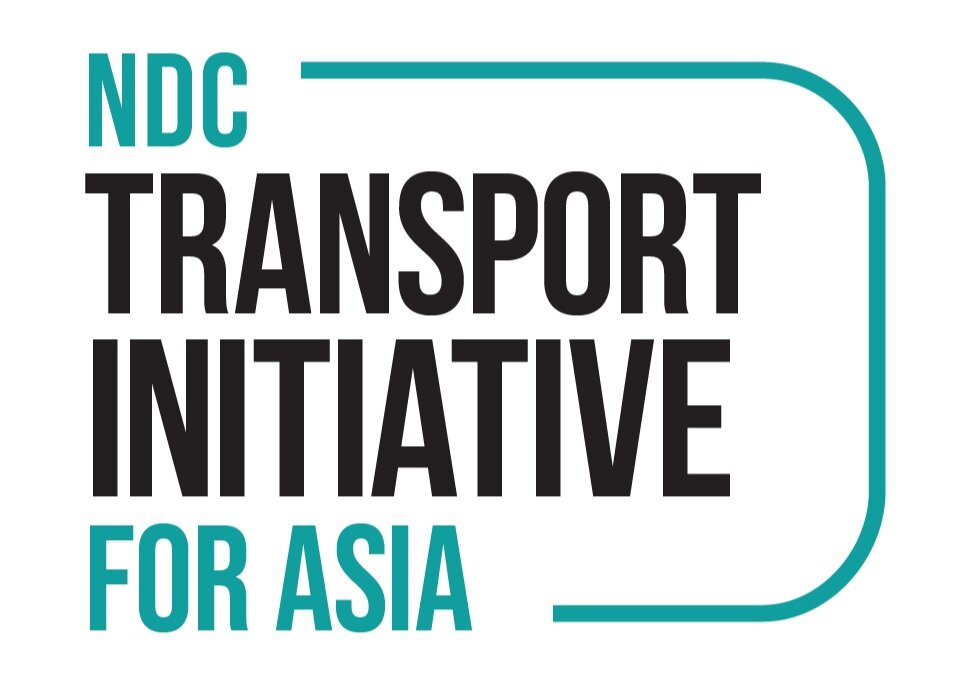Resources

Real-World Use Case for Zero-Emission Trucks: Market Review and Policy Suggestions for Guangdong Province
This working paper examines the zero-emission truck (ZET) market in Guangdong by focusing on promotion policies and technical specifications of top-selling models, and then estimates the total cost of ownership of a real-world use case for zero-emission dump trucks in Guangzhou and Foshan.
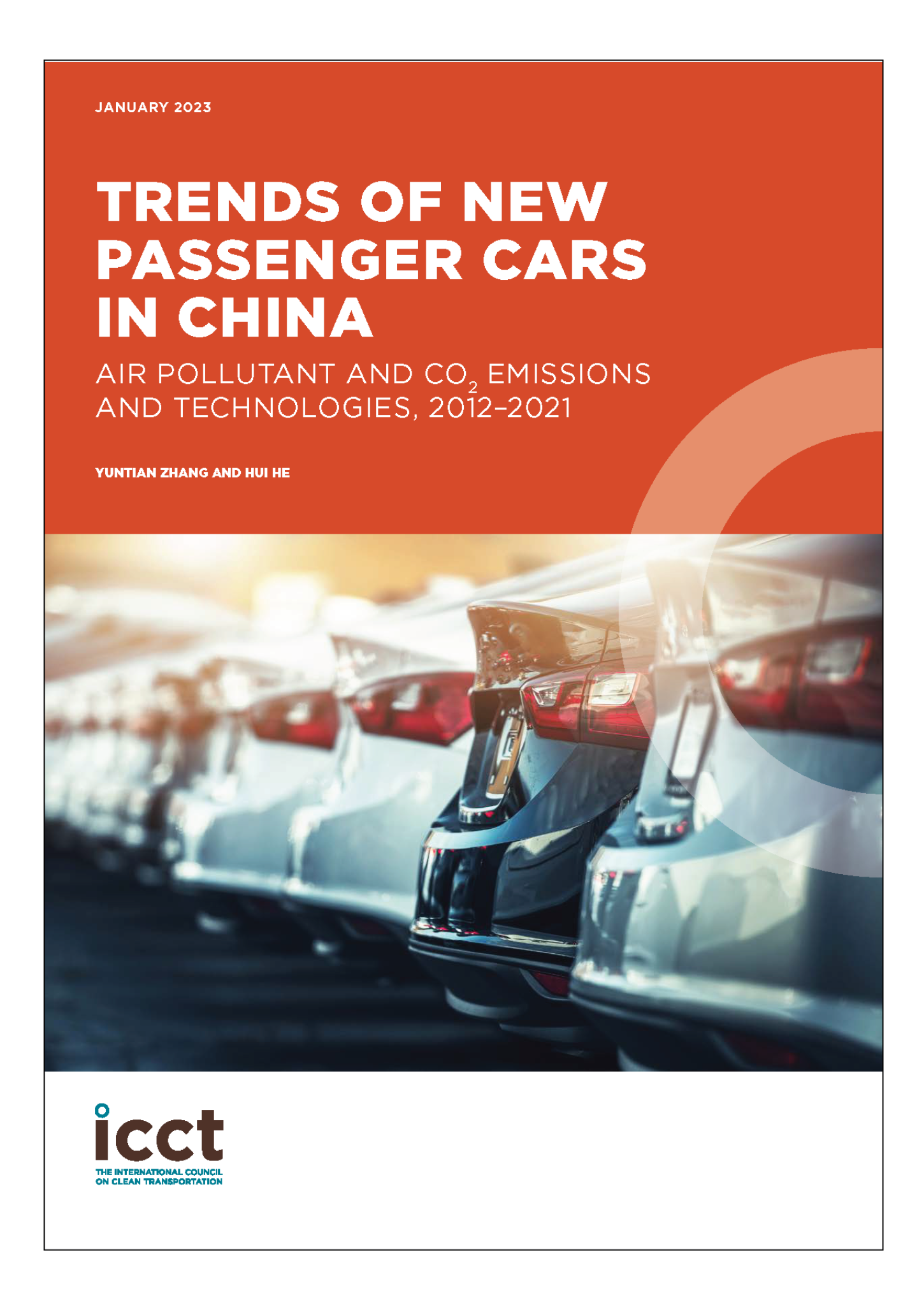
Trends of New Passenger Cars in China: Air Pollutant and CO2 Emissions And Technologies, 2012–2021
This report supports future policies in China by analyzing air pollutant emissions, carbon dioxide (CO2) emissions, and key technologies driving reductions in emissions from passenger cars in the country from 2012 to 2021.
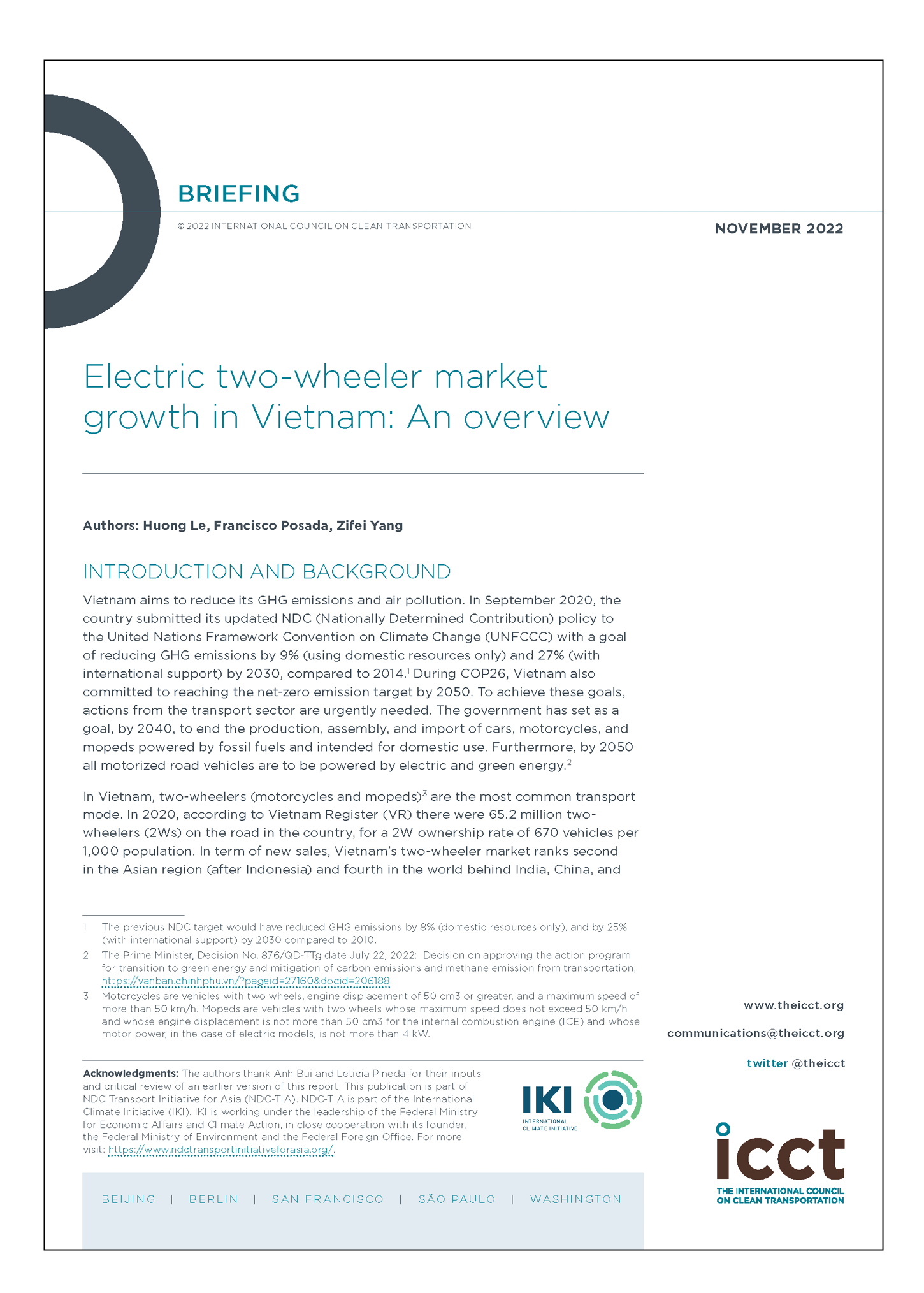
Electric Two-wheeler Market Growth In Vietnam: An Overview
This publication surveys the market for electric two-wheelers in Vietnam and examines the country’s potential to become a leader in the production of electric two-wheelers.
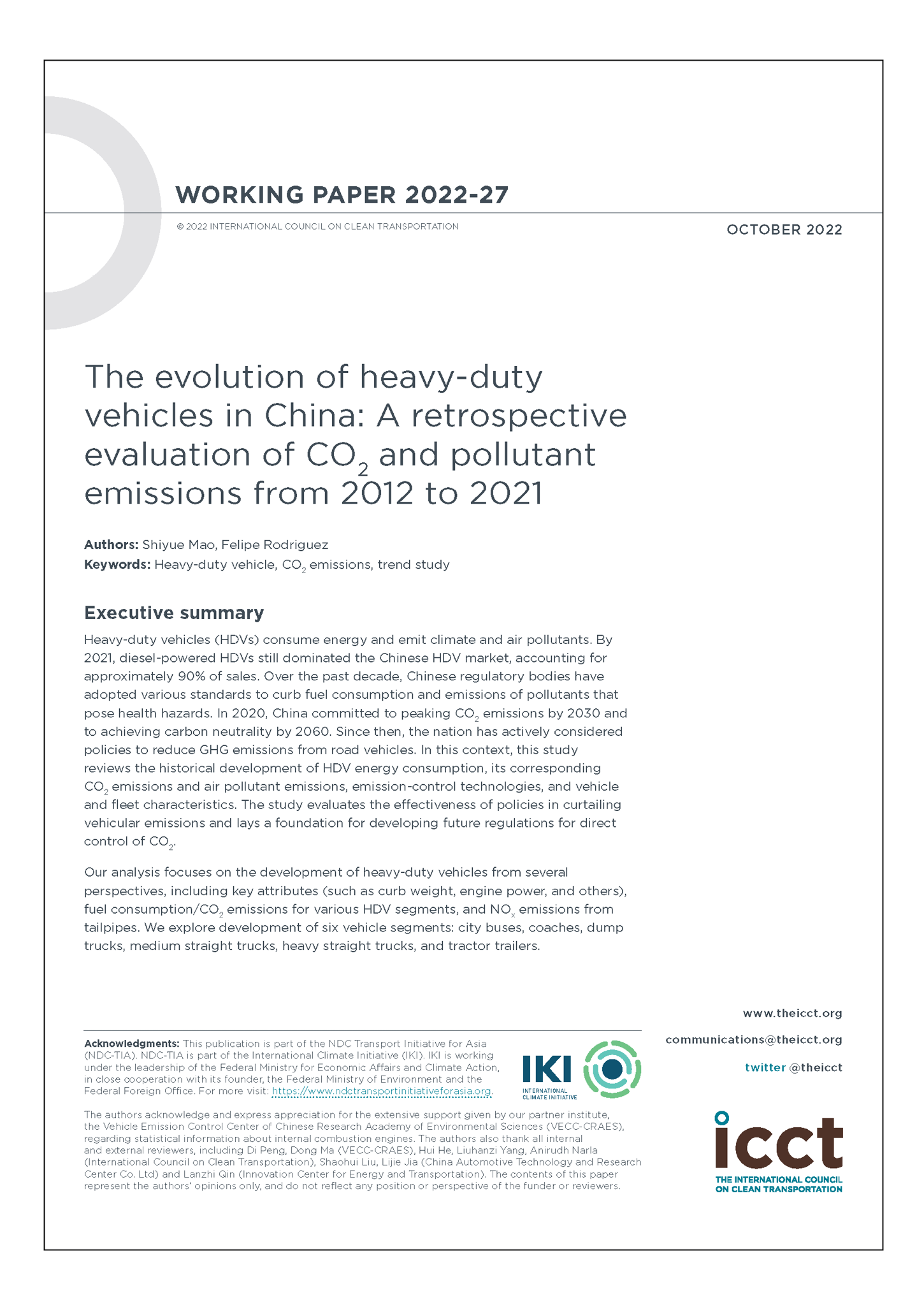
The Evolution of Heavy-duty Vehicles in China: A Retrospective Evaluation of CO2 and Pollutant Emissions from 2012 to 2021
This paper evaluates the effectiveness of policies in curtailing emissions from heavy-duty vehicles in China over the 2012–2021 period and lays a foundation for developing future regulations for direct control of CO2.
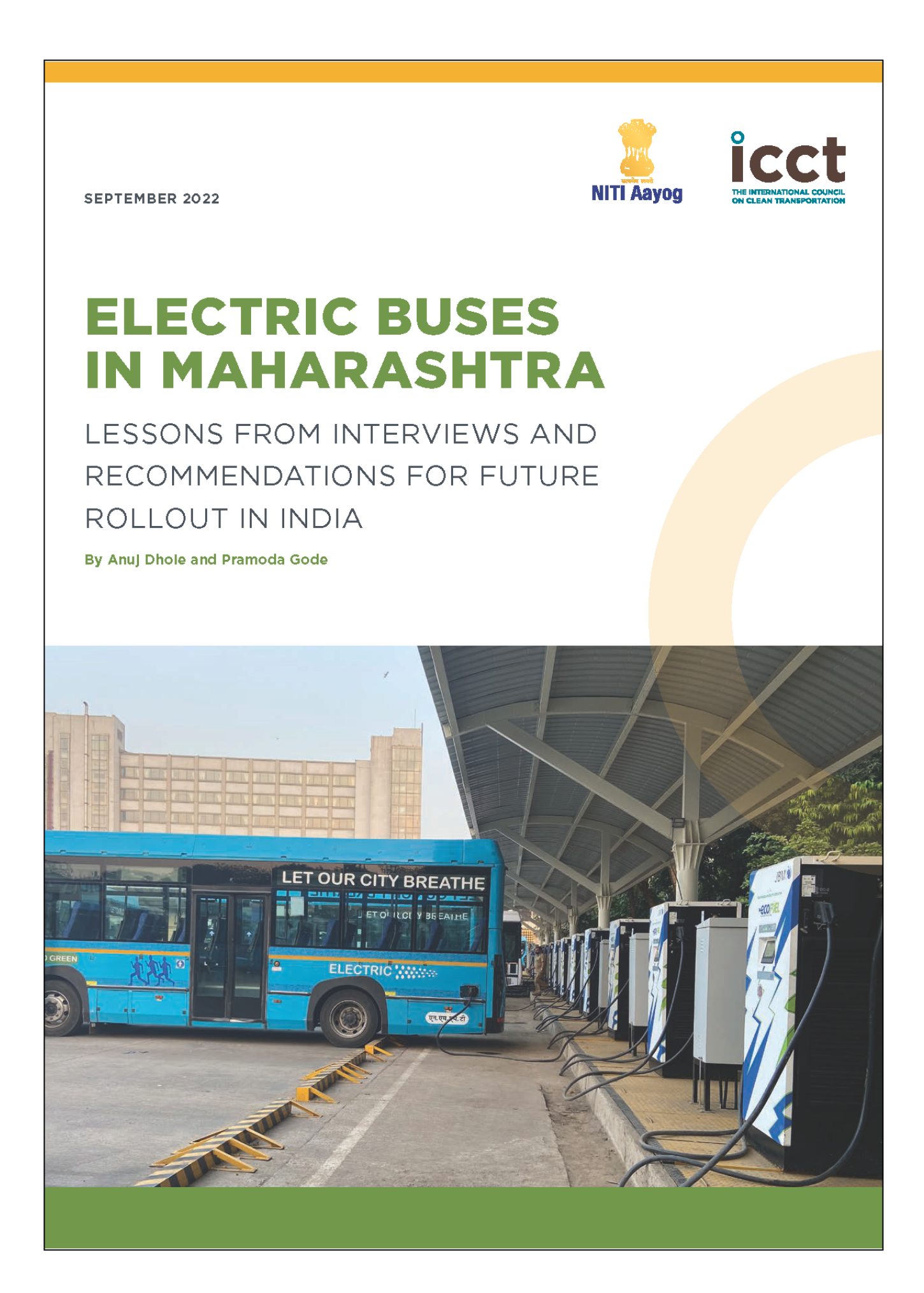
Electric buses in Maharashtra: Lessons from interviews and recommendations for future rollout in India
With information from interviews with 21 representatives from transit authorities and private bus operators, this report identifies key experiences and lessons from the electric bus rollouts in Mumbai, Pune, and Navi Mumbai and make specific recommendations based on international best practices.

Market analysis of two- and three-wheeler vehicles in key ASEAN member states
This paper presents a profile of the two- and three-wheeler (2&3W) market in seven ASEAN member states and could be used to support future policy development in mitigating the negative environmental impacts of 2&3Ws.
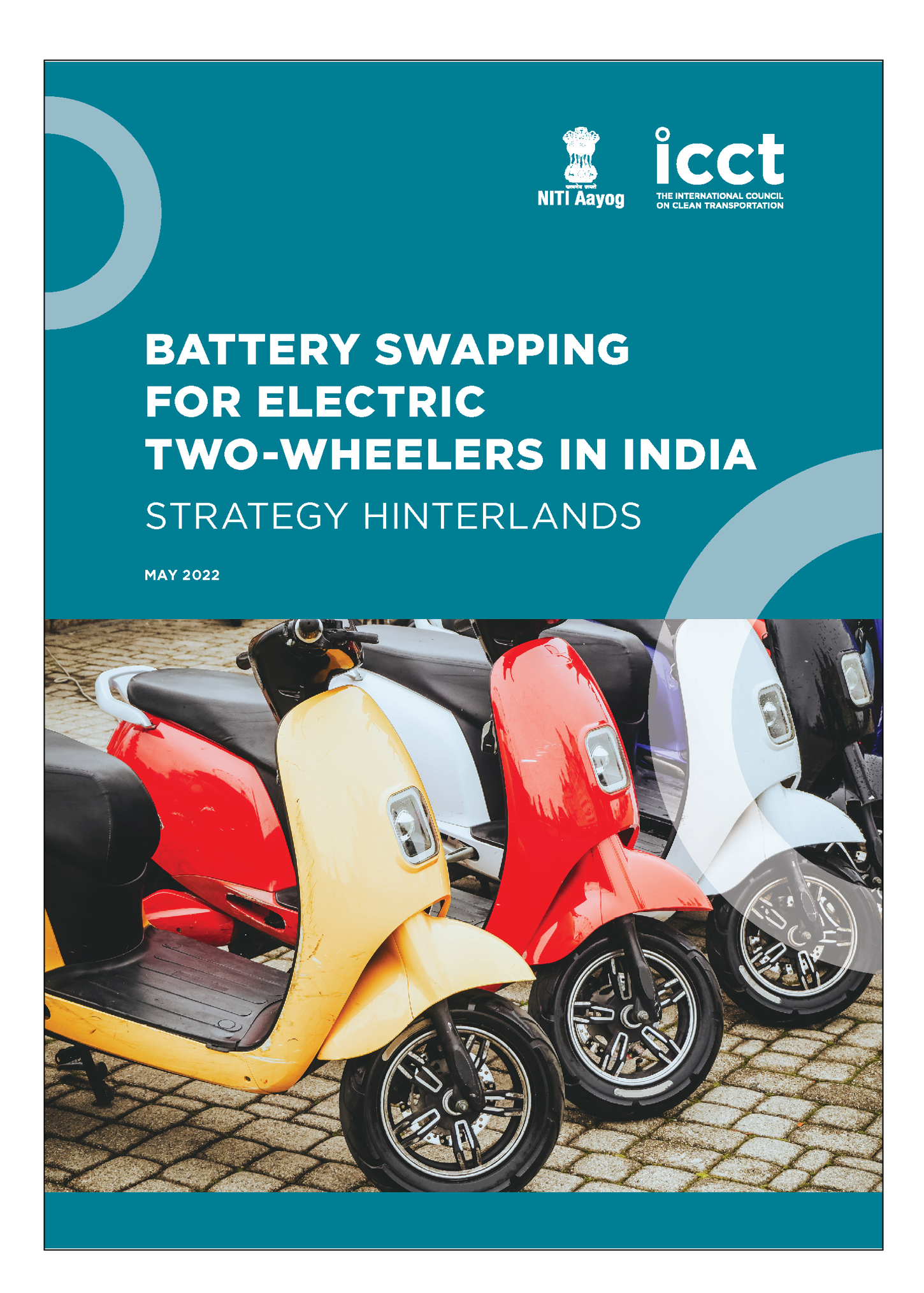
Battery Swapping for Electric Two-Wheelers in India: Strategy Hinterlands
The report on “Battery Swapping for Electric Two-Wheelers in India – Strategy Hinterlands” identifies solutions to battery swapping application on two-wheelers to aid in India’s EV transition.
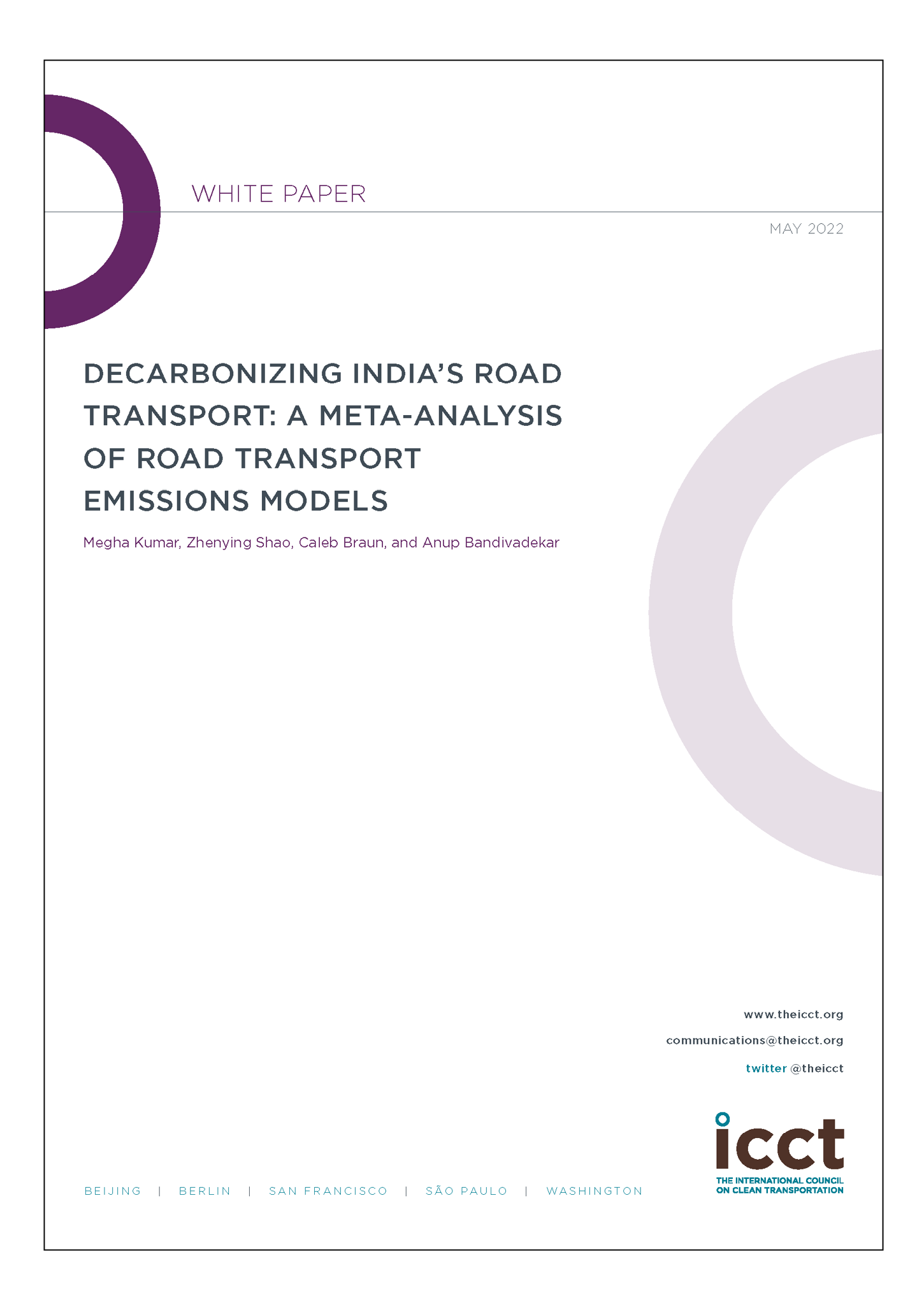
Decarbonizing India’s road transport: A meta-analysis of road transport emissions models
This paper compares key assumptions, energy use, and CO2 emissions by vehicle and fuel type across eight road transport energy and emissions models for India.
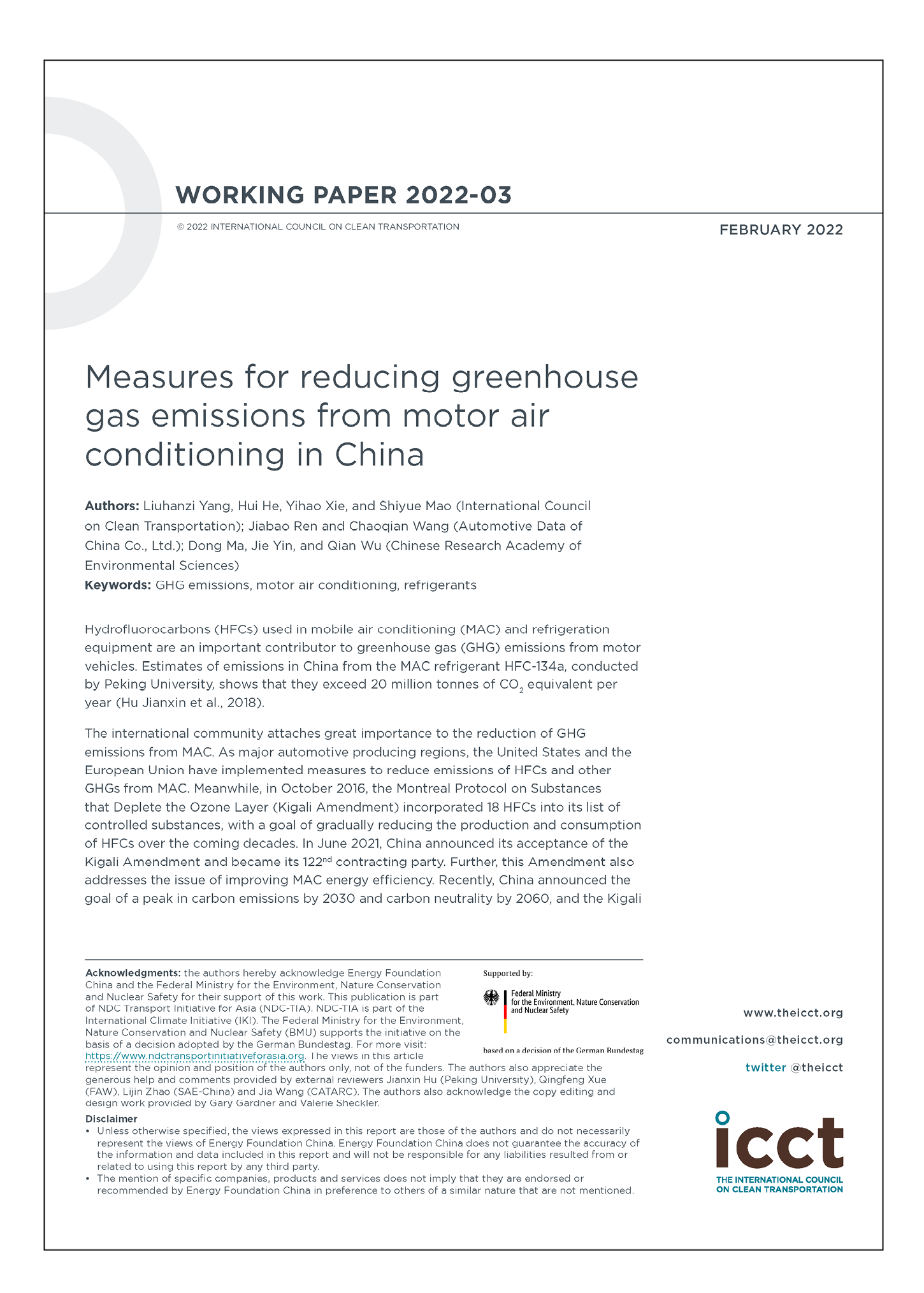
Measures for reducing greenhouse gas emissions from motor air conditioning in China
This paper discusses how to improve MAC energy efficiency in China and offers policy recommendations for future regulation of GHG emissions from MAC in China.

Two-wheelers in Vietnam: A baseline analysis of fleet characteristics and fuel consumption in 2019 and 2020
In this paper by ICCT, the authors developed a database of the two-wheeler fleet sold in 2019 and 2020 and then analyzed vehicle characteristics and fuel consumption by two-wheeler type and by manufacturer.
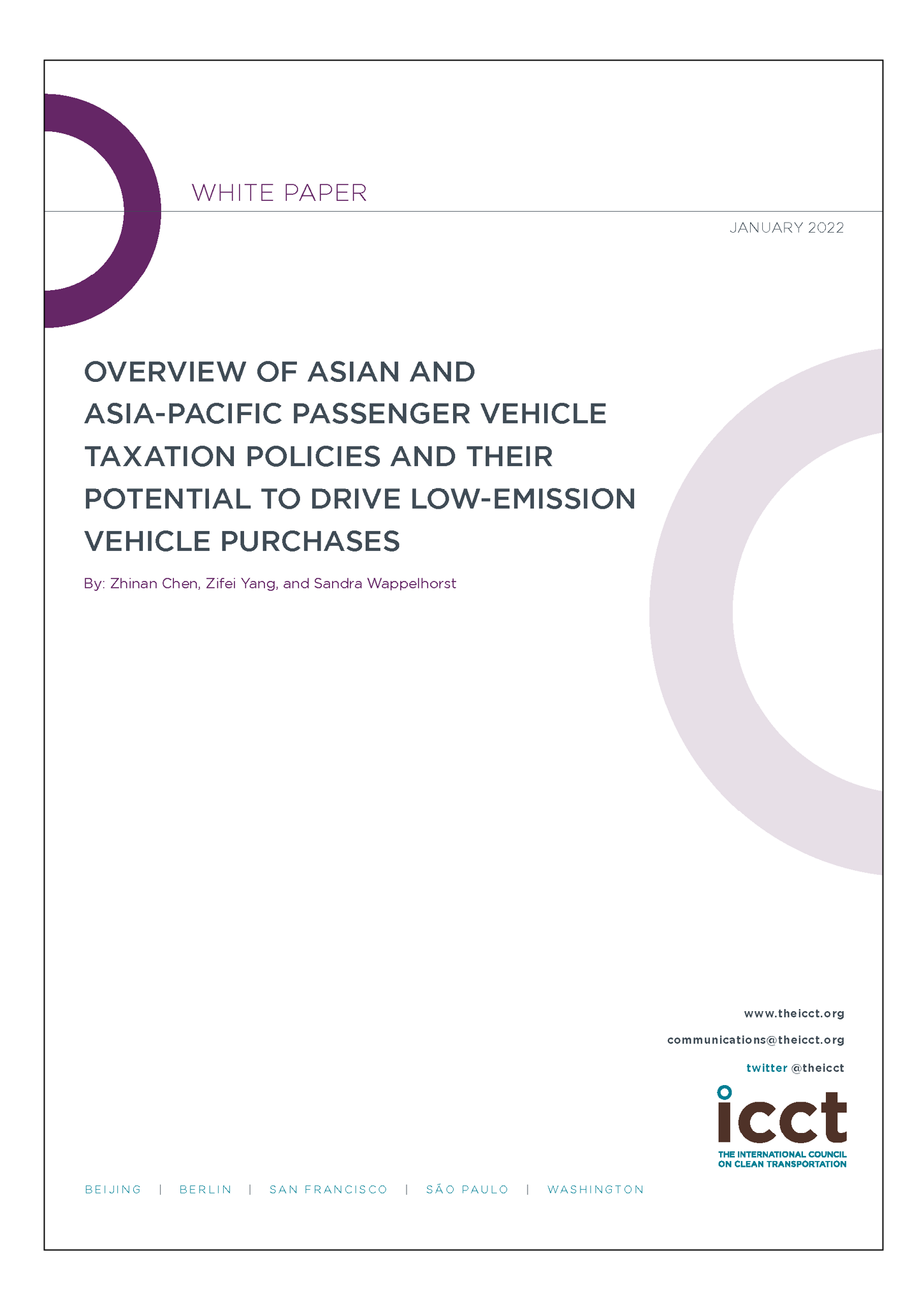
Overview of Asian and Asia-Pacific passenger vehicle taxation policies and their potential to drive low-emission vehicle purchases
This paper by ICCT focuses on national-level taxation and subsidy policies for passenger vehicles across 18 Asian and Asia-Pacific countries and compares the consumer ownership costs of a gasoline, a hybrid electric, and a battery electric vehicle in these countries over a 6-year ownership period.
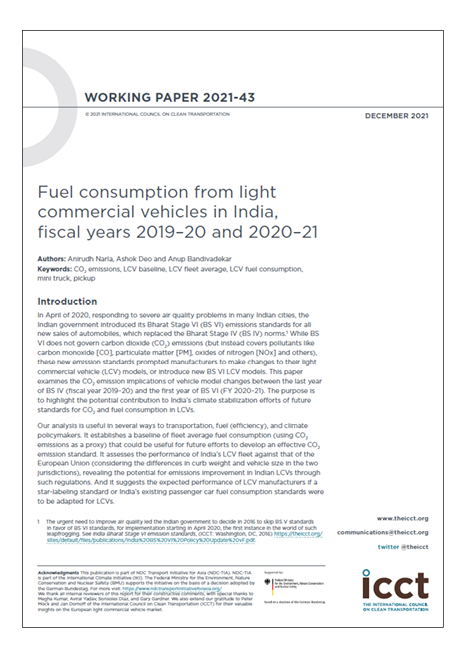
Fuel consumption from light commercial vehicles in India, fiscal years 2019–20 and 2020–21
This paper is a continuation of the series of working papers on the Indian LCV market, dating back to 2016. it focuses on the N1 (load-carrying LCVs) category of vehicles, which consists of mini trucks and pickups. It includes a brief comparison with the performance of the M1 (passenger cars) category of vehicles
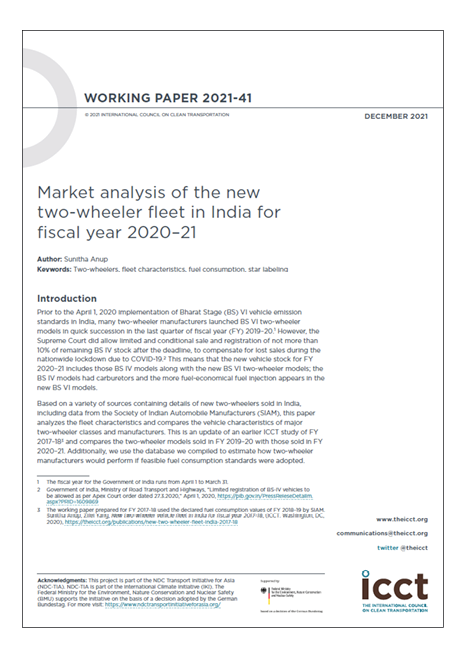
Market analysis of the new two-wheeler fleet in India for fiscal year 2020–21
This study analyzes fleet characteristics and compares the vehicle characteristics of major manufacturers and classes of new two-wheelers sold in India for the fiscal year 2020-2021.
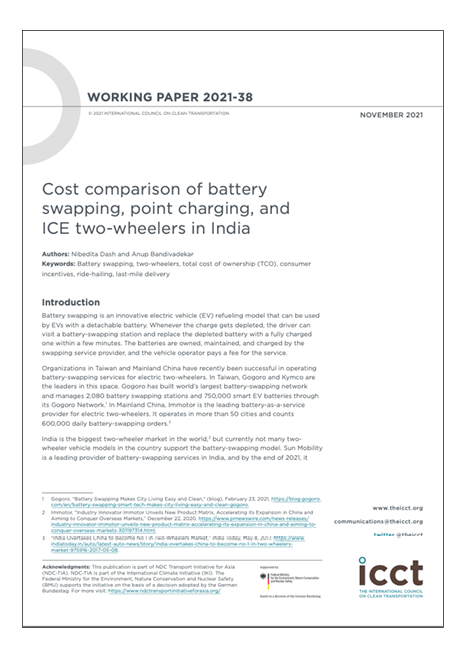
Cost comparison of battery swapping, point charging, and ICE two-wheelers in India
Battery swapping is an innovative electric vehicle refueling model that can be used by vehicles with a detachable battery. This paper evaluates if electric two-wheelers in India with the battery-swapping option have achieved cost parity relative to electric two-wheelers with the point charging option and with conventional gasoline two-wheelers. The results in this working paper show that for all three use cases considered, the electric two-wheelers with point-charging and battery-swapping options are considerably cheaper than the gasoline two-wheeler.
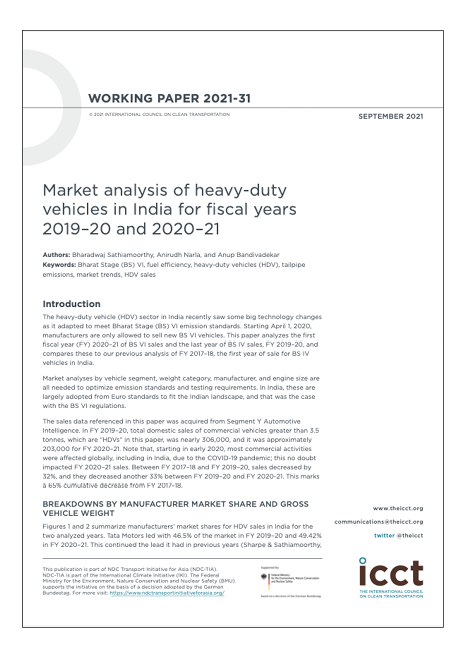
Market analysis of heavy-duty vehicles in India for fiscal years 2019–20 and 2020–21
Market analyses by vehicle segment, weight category, manufacturer, and engine size are needed to optimize vehicle emission standards and testing requirements. In India, these are largely adopted from Euro standards to fit the Indian landscape, and that was the case with the Bharat Stage (BS) VI regulations that took effect April 1, 2020. The heavy-duty vehicle market saw some big technology changes to meet the new standards, and this paper analyzes the first fiscal year (FY) 2020–21 of BS VI vehicle sales and the last year of sales under the previous BS IV standard, FY 2019–20.
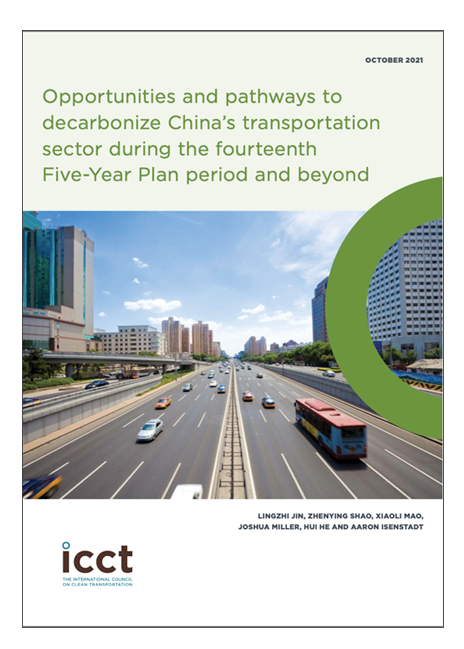
Opportunities and pathways to decarbonize China’s transportation sector during the fourteenth Five-Year Plan period and beyond
This study uses cutting-edge emission-modeling tools to assess the potential for reducing climate pollutants, including CO2, using advanced policy packages compared with policies currently in effect for China’s transportation sector. It provides China with a technical foundation for consideration of carbon reduction goals during the 14th Five-Year-Plan (FYP) period (2021–2025) and over the longer term.
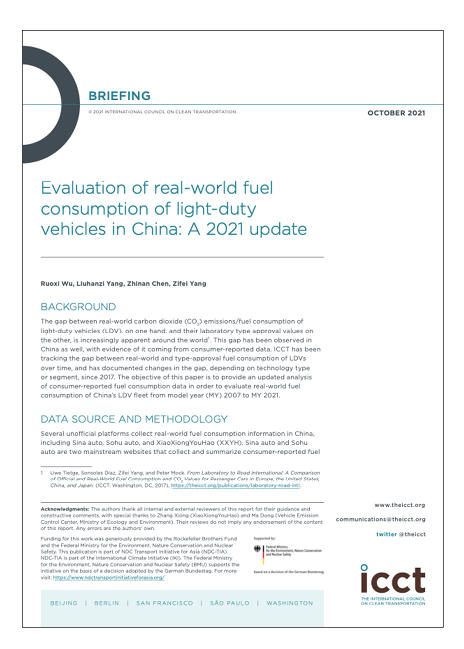
Evaluation of real-world fuel consumption of light-duty vehicles in China: A 2021 update
The gap between real-world fuel consumption and emissions of carbon dioxide from light-duty vehicles (LDV), and their laboratory values, is increasingly apparent around the world, including in China. This ICCT briefing shows that the accelerated expansion of the gap clearly indicates the need for regulatory changes to reverse the trend and close the gap.

Fuel consumption from new passenger cars in India: Manufacturers’ performance in fiscal year 2019–20
New fuel consumption limits for passenger vehicles are scheduled to take effect in India in FY 2022–23, and this paper examines the performance of manufacturer groups with respect to new passenger vehicles sold in FY 2019–20.
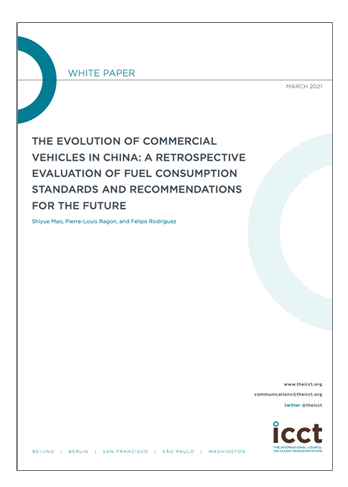
The Evolution of Commercial Vehicles in China: A Retrospective Evaluation of Fuel Consumption Standards and Recommendations for the Future
Although China is currently developing the fourth stage of its fuel consumption standards for heavy-duty vehicles (HDVs), an independent, ex-post assessment of the previous stages does not exist. By providing a quantitative appraisal of the effect achieved by previous stages of the standards, this study closes that knowledge gap.
